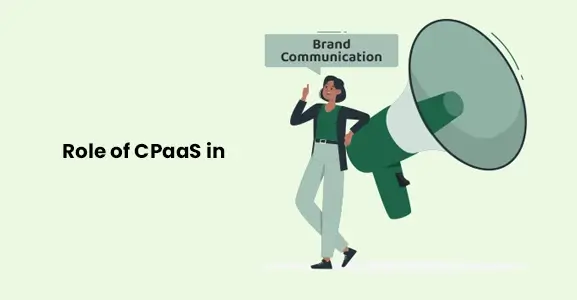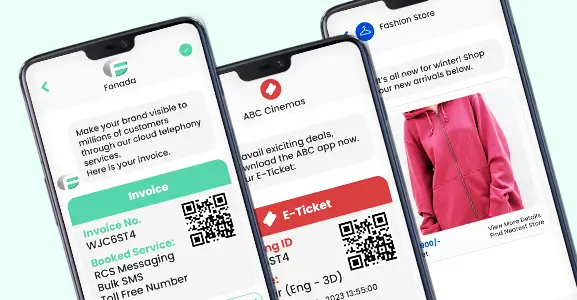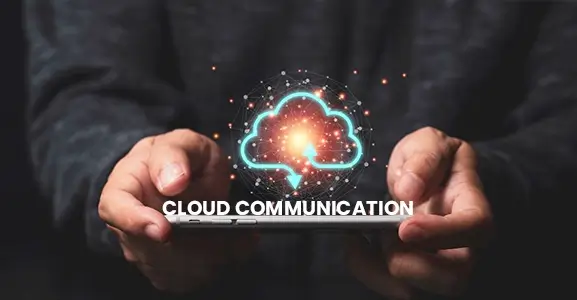Establishing a strong bond with customers is a highly effective strategy for businesses to adopt. Unfortunately, this approach is frequently overlooked, harming growth and customer retention. An exceptional customer relations strategy can result in a significant return on investment (ROI) by enhancing customer acquisition, satisfaction, and loyalty. The financial prosperity of your business is directly linked to your interactions with customers.
Therefore, creating robust customer relations can cultivate customer loyalty and preserve valuable, long-term clients, leading to increased revenue from repeat purchases. This content will offer all information about understanding the importance of customer relationship management and building customer relationships to grow business and develop trust.
Read More: Top Customer Service Tips To Deliver The Flawless Customer Experience
Introduction (What Is Customer Relations)
Perhaps you have heard of customer relations, or maybe you have experienced it from a customer perspective. Suppose you want to enhance the customer experience and drive revenue growth. In that case, it is essential to comprehend the features of successful customer relations and how to implement them in your business.
What Do You Mean By Customer Relation?
Customer relations refers to the process of building positive relationships with customers by engaging with them and improving their experience. It involves both reactive and proactive functions, which are performed by customer service teams. Reactive functions involve solving issues that are reported by customers, such as responding to complaints and resolving problems with the support team. On the other hand, proactive functions focus on fostering customer success by providing information, promoting discounts, and consistently satisfying evolving customer needs. Every person in the business contributes to building or detracting from positive customer relationships, regardless of their role. Companies can create lasting impressions and build customer loyalty by managing customer relationships effectively.
Customer Relationship Marketing
Customer relationship marketing is a product marketing strategy that builds and maintains customer relationships, meets their needs, and fosters loyalty. It involves using customer feedback and data to optimize product marketing efforts. Understanding the definition of customer relationship marketing is crucial for developing an effective strategy, and marketing personnel must know how to cultivate relationships with prospective and current clients.
What Is Customer Relationship Marketing?
The essence of customer relationship marketing is to prioritize building customer relationships rather than focusing solely on transactions. It is important to remember that customers have emotions and thoughts, and going the extra mile to make them happy can make a lasting impression and encourage them to return for future business. There are several types of customer relationships, including:
- Discount Customers: These consumers only buy from you if the product or service is discounted, making them challenging to manage. However, creative solutions can help maintain their loyalty.
- Impulse Customers: These customers make spur-of-the-moment purchases without a predetermined plan to buy your product or service.
- Loyal Customers: These are customers who repeatedly purchase your products or services and are a valuable indicator that your brand is resonating with them.
- Need-Based Customers: These customers know exactly what they want and why they want it and make their purchases based on specific needs. While upselling and cross-selling to this group can be challenging, it is not impossible.
The Importance Of Customer Relationship Management
This section will discuss the most important question: what is customer relations? Also, why it is essential and the benefits of positive customer relationship management. Positive customer relations refer to creating long-term, mutually beneficial relationships between a customer and a company based on trust and consistent quality of products and services offered by the company.
Positive customer relations can result in several benefits for the company, such as increased customer retention rates, higher customer loyalty, customer engagement increased customer satisfaction, and increased customer feedback.
Companies that manage customer relations better are more likely to see higher customer retention rates. Customer loyalty is highly valuable for businesses as it creates a barrier to entry for competitors, leading to increased revenue over time. Positive customer relations act as an insurance policy against unidentified customers who may churn without warning. It also gives companies more insight into their customers’ problems and influences their buying decisions.
- Customer retention
- Customer loyalty
- Customer acquisition
- Customer satisfaction
To foster positive customer relations, companies should create an open communication channel for relaying customer feedback, demonstrate a dedication to their customers’ success, and aim to create memorable customer experiences. Building a long-lasting and trustworthy customer relationship takes effort from the entire company.
Read More: What Is A Fintech Company: Its Advantages And Impact On Our Lives
How To Build Customer Relationships?
Building positive customer relationships is crucial for the long-term success of any business. To achieve this, companies can invest in employee training, create a fulfilling workplace for customer service reps, and improve their first call resolution rate. Leveraging software is another way to increase efficiency and provide opportunities for self-service can also be helpful.
That is why companies should strive to be accessible, show appreciation, and measure and improve customer satisfaction. Creating an online community for customers and providing educational programs that help them grow can further foster positive relationships. It is essential to create a customer-first culture throughout the organization.
Customers ‘Hierarchy Of Needs
To build a long-lasting connection with your customers, it is crucial to understand their needs and desires. This can be obtained through various methods, such as customer interviews, market research, and feedback from different teams within the organization. Marketers often use Maslow’s hierarchy of needs to identify their customers’ needs, which comprise five levels – physiological, love, safety and belonging, esteem, and self-actualization.
However, some companies have adjusted this model and created an Elements of Value pyramid with four groups – Functional, emotional, life-changing, and social impact. There are 30 different opportunities for businesses to create value for their valued customers through positive relationships across these tiers. Companies can form authentic and long-lasting connections by empathizing with customers and catering to their needs.
Prioritize Consistency
To build trust and loyalty with customers, it is essential to prioritize consistency across all channels and interactions. A single positive experience is not enough to establish a long-lasting customer relationship. However, achieving consistency is challenging due to the many different ways customers interact with companies. According to McKinsey & Company, consistency is the most significant predictor of customer experience and loyalty.
To establish continuity in customer relationships, McKinsey suggests focusing on two types of consistency. First is customer-journey consistency, where interactions and experiences lead to more engaged customers. Secondly is communication consistency, where keeping promises and exceeding customer expectations are crucial to building a strong customer relationship. Falling short of customer expectations, even if they are not explicitly stated, can damage the relationship.
Read More: What Is A Fintech Company: Its Advantages And Impact On Our Lives
Invest In Emotional Connection Than Customer Satisfaction
According to research conducted by McKinsey & Company, emotional consistency plays a crucial role in driving customer satisfaction and loyalty across various industries, in addition to the previously mentioned elements of consistency.
Emotional consistency refers to customers continually feeling good about a business over time. Summit Coffee is an excellent example of emotional consistency. As a customer, one can feel close to the brand, even though they moved away. But they can follow the brand on social media because they have never had negative experiences. Harvard Business Review also notes that emotionally attached customers, like myself, are 25-100% more valuable in terms of revenue and profitability than delighted customers.
While Starbucks is considered a good brand by customers, it has a low emotional connection score, or ECS, because people do not feel a deep sense of attachment to the brand. Therefore, investing in emotional connections with customers is essential for building long-term loyalty and profitability.
What Is The Goal Of Customer Relations?
Customer relationship management aims to establish lasting and advantageous relationships with customers by meeting their needs and fulfilling their expectations. You can align with a professional and reliable broadcasting solution provider to get better customer relationship solutions for your business enterprise.
Conclusion
In conclusion, building strong and lasting relationships with customers is essential for any business to thrive. Companies can develop customer trust and loyalty by understanding and meeting customers’ needs, prioritizing consistency across all channels, and investing in emotional connections. Investing in employee training, creating a customer-first culture, and providing education programs can also help create positive customer relationships.
Businesses can build authentic connections by committing to understanding and empathizing with customers daily, resulting in increased revenue and profitability. Ultimately, customer relationship management should be a top priority for any business looking to grow and succeed in today’s competitive market.

Dec 11, 2024
Top Contact Center Optimization Tools For 2024
“A thriving business knows how to fetch maximum output from limited resources by optimizing ca... Read More
Nov 13, 2024
What Is Brand Communication? CPaaS Role Explained
Did you ever wonder why some advertisements grab your attention instantly, while others do not? The... Read More
Nov 01, 2024
What Is Automated Messaging And How Does It Work?
Automated messaging or text automation empowers businesses and marketing professionals to connect wi... Read MoreLatest Updates
From Fonada
Industry Insights, Trends, Innovations, Updates, and Case Studies from Industry Experts
View
Customer
Reviews
Discover why our customers love us - read their authentic and heartfelt reviews!
View
Case
Studies
Explore real-life scenarios, offering analysis, and solutions to practical challenges
View
Convert Leads Into Sales With Fonada
Trusted CPaaS Solution Provider








